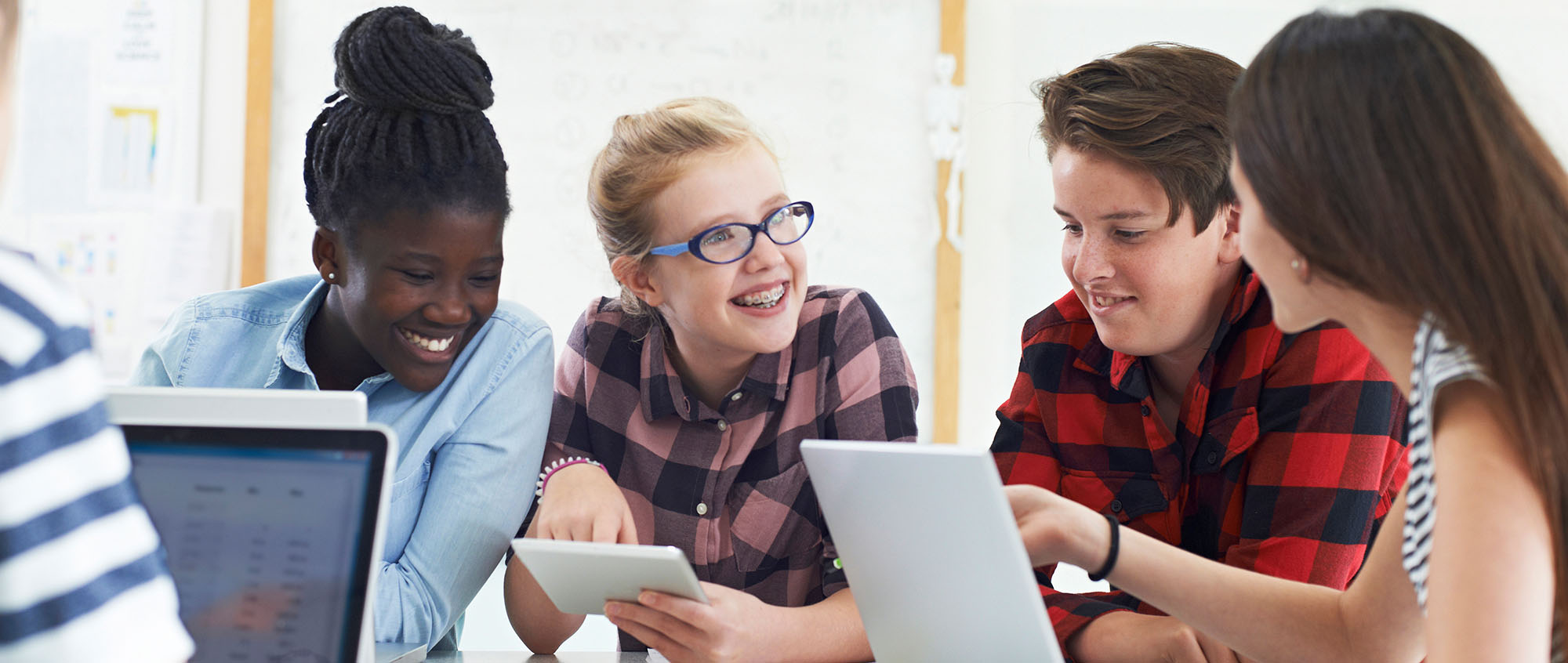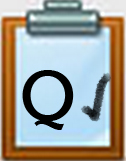Q5 Fake or Real News: Circular Reporting
Fake News
Fake news has existed for a long time, with journalists or the paparazzi stretching the truth to sell their stories. Consider the true story of two very famous rival newspaper owners in the 1890s, William Randolph Hearst and Joseph Pulitzer. These men fought for their readers' attention by embellishing stories to sell newspapers.
Today, journalism is not much different, with television media filled with entertainment news, reality TV, and exaggerated stories spread on social media. Due to the speed at which news can now travel, circular reporting is a new phenomenon causing the quick spread of fake news.
Step 1. Play the "How False News Can Spread" video in the right column and learn more about circular reporting.
Step 2. Circular reporting, or the spread of fake news, can often create a filter bubble, where our biases allow fake news to continue to spread without anyone questioning the source. So, in simple terms, what happens is:
- Someone writes a story that is not true and publishes it.
- It is read, reported, and published by someone else, and not fact-checked.
- Then, it keeps spreading by word of mouth or publication, and soon, everyone believes it to be true because it is in so many news sources. That is circular reporting, and that is how fake news is spread.
Can you think of a recent example and share it with your classmates? For example, how often have you heard a particular celebrity is pregnant or has passed away?
On the next page, you will learn about different resources you can use to fact-check political stories.
How False News Can Spread-Noah Tavlin
Direct link (3:41 min.)
Competencies & Standards
MITECS Michigan Integrated Technology Competencies for Students, and
1. Empowered Learner
d. Understand the fundamental concepts of technology operations, demonstrate the ability to choose, use and troubleshoot current technologies, are able to transfer their knowledge to explore emerging technologies
2. Digital Citizen
a. Cultivate and manage their digital identity and reputation and are aware of the permanence of their actions in the digital world
b. Engage in positive, safe, legal and ethical behavior when using technology, including social interactions online or when using networked devices
d. Demonstrate an understanding of and respect for the rights and obligations of using and sharing intellectual property
3. Knowledge Constructor
a. Plan and employ effective research strategies to locate information and other resources for their intellectual or creative pursuits
b. Evaluate the accuracy, perspective, credibility and relevance of information, media, data or other resources
Websites and Documents
Websites
- ABC News
- Britannica Education Real or Fake Quiz
- CNN
- Factcheck.org
- Fox News
- Huffington Post
- Politifact
- Landing.Adobe.org (Real or Photoshop)
- Snopes
Videos from Outside Sources
21t4s Documents & Quizzes
21t4s Digital Breakout Challenge




